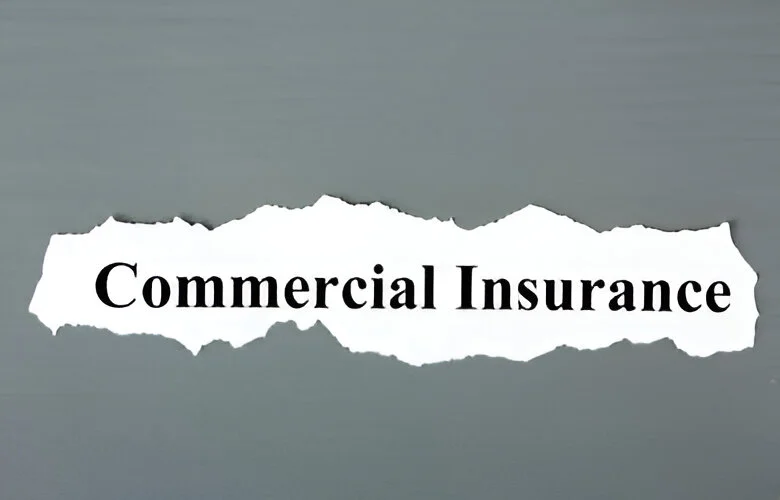The most common point of attack is the front door and garage area. At times, a home invader will kick down the front door to get into the home. More often than not, though, criminals will impersonate delivery drivers or maintenance workers to get into your home. Then, they will use extreme force and even violence to attain full control.
Protection for Your Home Is a Must
Unlike burglary or robbery, a home invasion involved a criminal entering your residence when you are in the home—typically on the weekend or at night. Home invaders aren’t deterred by alarm systems, door locks or barred windows, and do everything they can to enter the home and take full control.
Home invasions also tend to occur in more lavish neighbourhoods with expensive homes. Criminals may choose their victims based on the type of car in the driveway, the jewellery that he or she wears or the way the home looks. In fact, the home invader may be monitoring the homeowner for quite some time before striking to get a sense of his or her wealth.
During a normal home invasion, the criminal tries to enter the home as a repair worker or delivery driver. After taking control and tying up the homeowner or immobilizing him or her in some way, the criminal will search the home for valuable. They may also force the homeowner to locate valuables or open safes.
Home Invasion Insurance
Since your homeowners insurance policy doesn’t provide protection from a home invasion, home invasion insurance is a must. These policies provide protection for people-related risks, such as abductions and injuries. Your homeowners policy will only provide coverage for loss or damage to your property. Plus, a typical health insurance policy will only provide limited mental health coverage, which will most likely be necessary after experiencing a traumatic home invasion.
These policies provide a financial safety net for accidental death, dismemberment and bodily injury during a home invasion. It can be added to a standard homeowners and health insurance policy to ensure full protection against losses.
Additional Protections
To ensure that you’ll be prepared and protected in case of a home invasion, consider implementing these strategies:
- Install solid core doors with strong locks and security devices on your windows. Secure your locks even further with heavy-duty strike plates with at least four screws.
- Keep your doors and windows locked at all times when you’re home and away.
- Install a peephole and don’t let anyone in your home before looking to see who is at the door. Turn on your porch light at night so you can see who is at your home when its dark.
- Do not open your door to strangers or solicitors. If someone acts suspiciously, call the police immediately.
- Keep your window shades closed at night. If someone cant see into your home, they are less likely to feel comfortable to try to get in.
- Install a home security system, monitored by a third party response service, and ensure it has a panic button for fast activation. Be sure to activate the system when you are home alone and when you are away from home at all times.
- If you are home atone, make it look as though you are not. To do so, turn on extra lights and televisions I the carious throughout your home.
- Get a dog. Dogs can still be a natural deterrent and an alert for potential invaders.
- Discuss your home security plans with your entire family. If you loved ones are on the same page about how to resist a home invasion, you’ll be more prepared if one occurs.
- Speak with your local Police Service about additional options particularly for seniors and singles who reside alone.
*DISCLAIMER
This information is provided for general informational purposes only. It is not intended to be exhaustive, nor to be construed as professional advice regarding insurance coverage and for personal protection.






.png)


.jpg)


.jpg)
.jpg)

.jpg)




.png)
.png)








.png)







